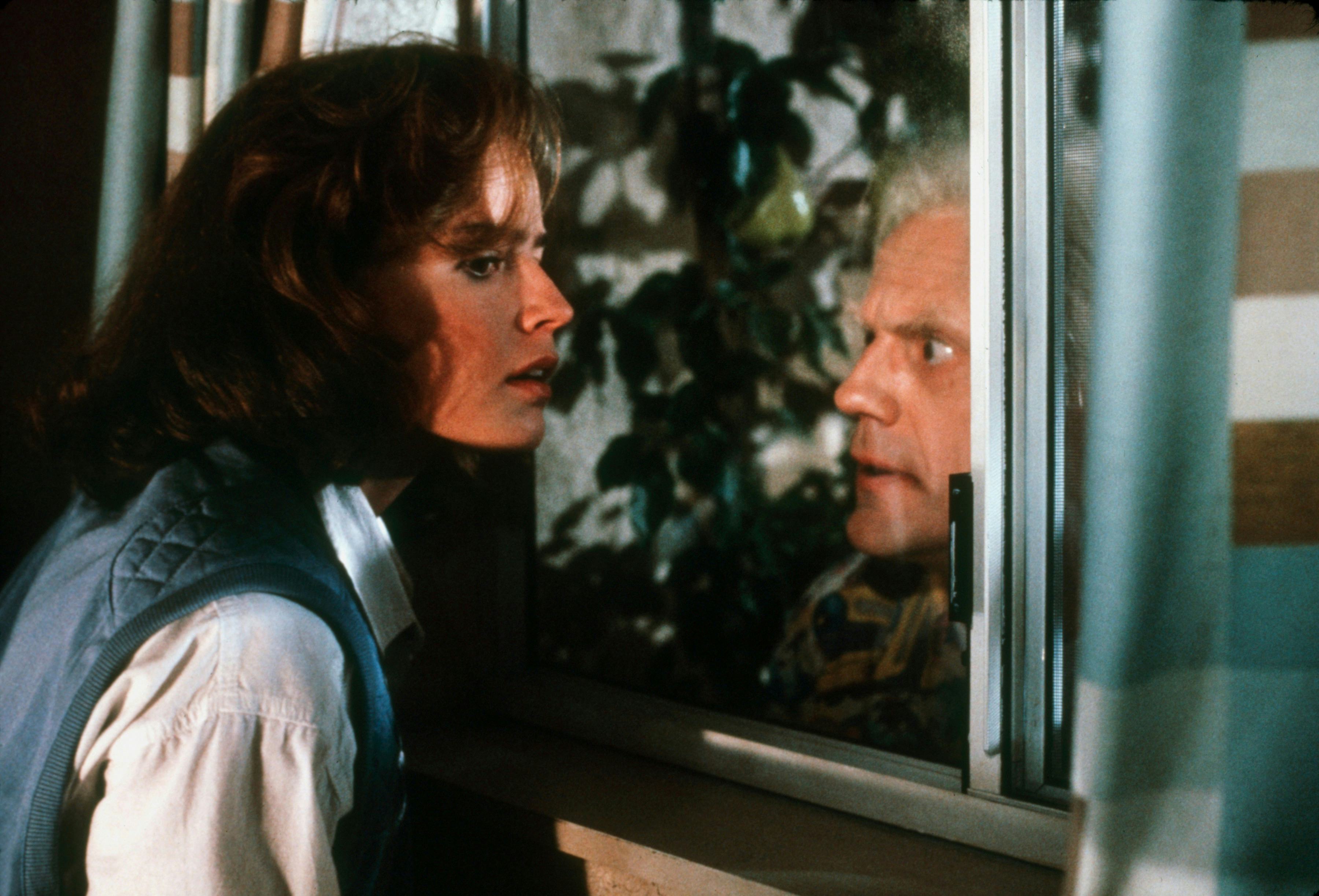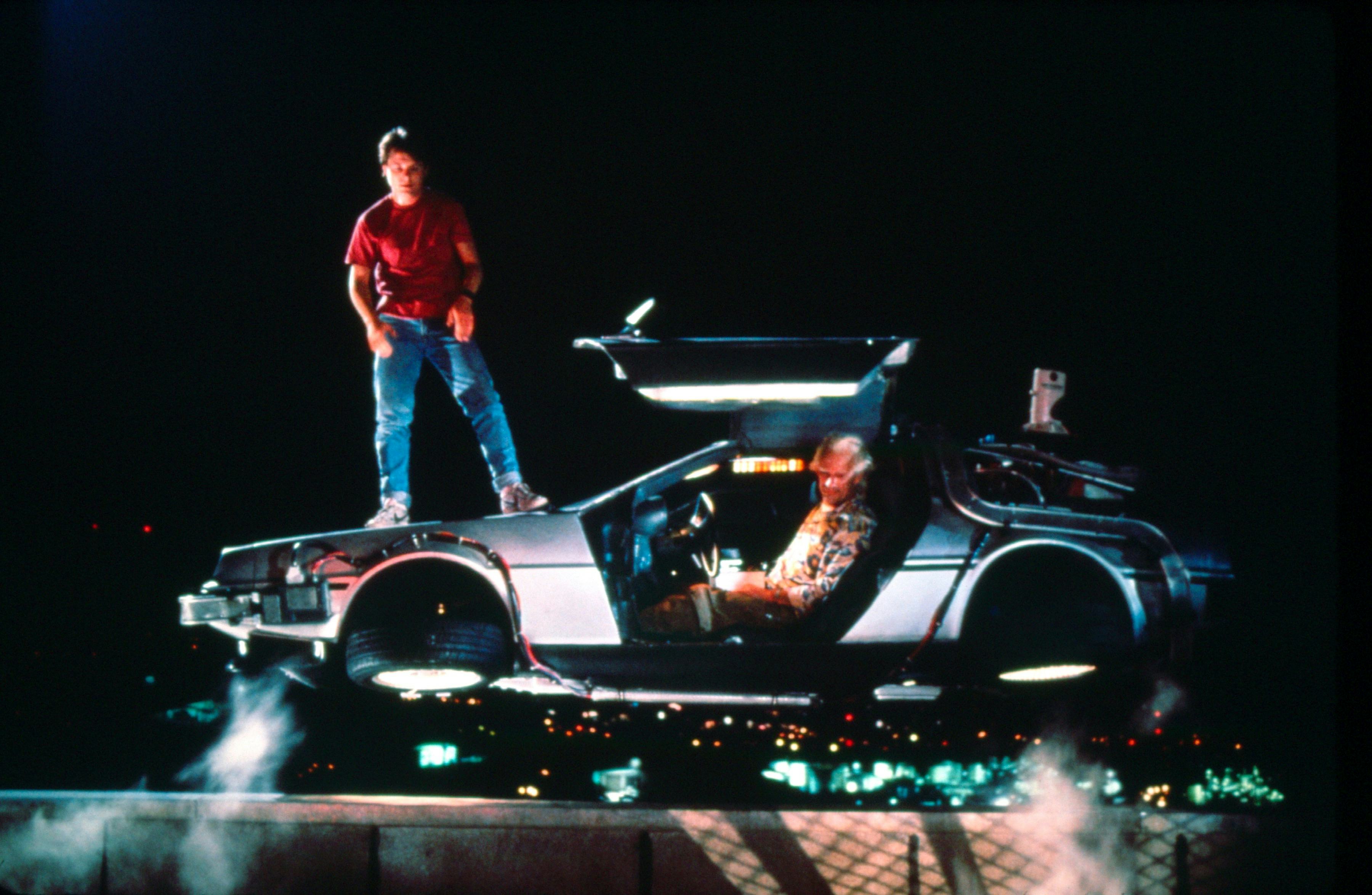
In 1989, good sequels to hit movies were rare. Yes, The Empire Strikes Back happened in 1980, but, at the time, it was considered fairly radical for being such a huge departure in tone and structure from the first film. In this decade, sequels were still considered very unsafe bets, and difficult to make. When Back to the Future was a runaway hit in 1985, director and co-creator Robert Zemeckis was initially very reluctant about making a follow-up. In the 2015 Caseen Gaines book, We Don’t Need Roads, Zemeckis said: “Audiences have a love-hate relationship with sequels... Everyone in the world who loves your [original] movie have an opinion. You can’t win as a filmmaker.”
And yet, from this crucible of concern and uncertainty, a brilliant sequel was born, which ended-up creating one of the best sci-fi trilogies ever. Thirty-five years after it first hit theaters, the true strength of Back to the Future Part II is that the stakes of this sequel are a fight to make sure the first movie happened in the first place.
Four years after Back to the Future hit theaters, the sequel picks up at the exact moment where the first film ended, back in 1985. Marty McFly (Michael J. Fox) has restored his parents’ timeline, and even given his family an upgrade in the process. His girlfriend Jennifer Parker (Elisabeth Shue) stops by, but before the pair can take Marty’s new truck out for a spin, Doc Brow (Christopher Lloyd) rolls in, just having traveled from the year 2015 in the DeLorean time machine. The car can now fly, and Doc takes Marty and Jennifer to the skies as well as their own future in order to save their children from some horrible fate.
Right away, BTTF2 was rebooting the original. This scene was completely reshot for BTTF2, mostly because the original Jennifer — Claudia Wells — was unable to return for the sequel because she was caring for her ailing mother, and thus, was recast. Enter Elisabeth Shue, who famously plays not just teenage Jennifer in the “present” but also her 47-year-old self in the “future.” Shue was 26 when the movie came out, and Fox was 28, making them not the oldest actors to play teenagers in an iconic film, but sort of the perfect age to convince us they could be any age across the various time periods of the series.
The more famous wink-wink reference to this notion of ageless actors comes toward the start of the movie when Doc tells Marty that he’s been to a “rejuvenation clinic,” and thus, looks about the same as he does in 1985. But the better, often-forgotten, joke is that when young, teenage Jennifer is lurking around her own future home, her future teenage son, Marty Jr. (also Fox) walks by her, doesn’t notice that she’s a younger version of herself and simply says, “nice pants, mom.”

If you’ve never seen Back to the Future Part II, it’s these small details that make it truly wonderful. The surface humor is extremely over-the-top — the idea of flying cars in traffic patterns exactly like cars is absurd — but the smaller jokes and line deliveries are what make this sequel, and the franchise, what it is. Even throwaway lines like Biff’s (Tom Wilson) menacing “You know your history, very good,” are memorable, because with this film, nearly ever detail matters. And that detailed-oriented aspect of this movie is because BTTF2 was the first sequel of its kind. Not just a continuation of a story, but a kind of sideways remake of the original.
About halfway through the film, after a trip to 2015 (26 years in the future in 1989), Doc and Marty find themselves in an altered present, all because Biff secretly stole the time machine, traveled back to 1955, and gave his younger self a sports almanac filled with statistics and outcomes on various sporting events from the ‘50s to the 2000s. This allows the younger Biff to become a multimillionaire quickly, by placing bets on events he already knows the outcome of. With his Trump-like power and visage, Biff rules the new 1985, which sends Marty and Doc back to 1955 to stop Old Biff from giving Young Biff the all-important almanac.
But this plot point is the biggest stroke of genius in all sequel movie history. And that’s because Marty has just been in 1955 in the previous film, so now, they’re headed back to the past to save the future, but they have to avoid their other selves in the process. As co-writer Bob Gale said: “The idea of revisiting the first movie and creating an additional story taking place within it is the single best idea of Part II.” Initially written as a movie called Paradox, Gale attributes this notion to his partner in Future, Robert Zemeckis, who explained the conceit like this: “We could actually do what the audience really, really wants, which is to go back and revisit the movie they just saw.”
And so, the latter half of Back to the Future Part II becomes an undercover remake of the original film which, strangely, was happening from the first frame when the Jennifer sequence was reshot. Marty sees himself playing “Johnny B. Goode” on stage, Doc has a conversation with his younger self about the time experiment, and the film ends with a true, fully planned cliffhanger, which actually puts Marty again, back right where he left Doc in 1955. If you look at the amount of forward progress the characters make in this trilogy, in terms of getting away from a certain set of very specific days, it’s shocking how little time actually passes.

BTTF2 was planned as one film, but during the writing process, the larger scope, including Marty’s trip to the Old West necessitated two movies. Famously, BTTF2 and BTTF3 were filmed back-to-back and released theatrically within a year of each other. This again, was a risky gambit that few film franchises attempted at the time, partly because film franchises — outside of James Bond, Star Trek, and Star Wars — basically didn’t exist at this point.
Back to the Future Part II isn’t just a great science fiction film, full of dizzying paradoxes and epic chase sequences. It’s also a movie that pulled off something that various other franchises have been chasing ever since: the ability to create instant nostalgia.







